It has become a common refrain among researchers and pundits alike that because of the COVID-19 pandemic, the world has changed and, further, that it will not return to its previous state of being. I agree but am left to wonder about the details and their implications for the future. And it is this that led me to this series of three speculative questions that you may find useful to ask yourself.
- Good question: Based on the changes to the world that we have already witnessed and continue to read about daily, how may the future of the world now look in comparison to what we imagined it to be before the pandemic?
- Better question: Based on how the world has changed and will continue to change along its possible new trajectories, how are these changes likely to affect me?
- Best question: Based on how the world has changed and will continue to change and how these changes will likely affect me, what active steps should I now consider in response to these likely changes and their effects?
All these questions are important, and they build on each other. I call the last one the “best question” because it is the crucial last step in this series of questions. The first question asks about the world, the second about the world’s effect on me, and the third, about what active steps I can and should consider in response to these changes. The first two questions can lead to increased feelings of uncertainty, worry, and passive resignation. The third question turns around the dynamic and can empower the asker.
The word crisis derives from the ancient Greek word krisis, which refers to the turning-point in a disease. It is not meant to connote worsening per se, although worsening is a possibility as is recovery. Further, because the focus in this original meaning was on one person’s one disease, the outcome was unitary, either a worsening or a recovery, but not both at the same time. The concept of crisis in terms of our current pandemic differs from this either/or structure of crisis. We should be thinking in terms of things turning out both better and worse because 1) the pandemic can make a single person’s life both better and worse in different ways, and 2) the pandemic will make the lives of some people better and lives of other people worse. The fact is that many people, through no fault of their own, will suffer mightily from the consequences of this pandemic. They might have already been vulnerable and in a precarious financial or living situation. An often-unwelcome consequence of crises is that the rich get richer and the poor get poorer.
It’s important to acknowledge this unfairness before moving to the next point: even individuals who started out in the same position may end up in different places following the pandemic. This will partly be due to luck – good or bad – but also partly to how well they will consider, plan for, protect themselves against the inevitable bad effects of the pandemic, and take advantage of the new opportunities that this pandemic opens up.
One way to think about this is through the concept of an affordance landscape. An affordance is an aspect of the environment that offers (that is, affords) an individual some benefit (positive affordance) or a warning of threat (negative affordance). What the developer of the affordance concept, ecological psychologist James J Gibson did not explicitly include in the concept is the idea of constraints. Thus, to round out the concept, an affordance landscape is the space of all the possible opportunities and threats an environment offers within a range of soft and hard constraints. JJ Gibson focused primarily on simple affordances, such as, for example, a rock of the right shape affording me a place to sit when I’m out hiking in the forest. But affordances can include conceptual possibilities, for example, an opportunity to make money in a new way. Further, JJ Gibson also did not focus on the fact that we as humans aren’t limited to perceiving opportunities, threats, and constraints as they exist, but we also look for ways we can alter our environment to form our own opportunities, those that may hardly have seemed possible.
Now, let me introduce the concept of scenario planning. As I’ve laid out, we live in an affordance landscape that offers opportunities, threats, and constraints. But these are all possibilities and potentialities. There are many potential opportunities which we will not take because we do not perceive of them as affordances in the first place or because we intentionally chose not to take them, the latter due to not finding them attractive enough, not consistent with our life goals or values, or not having the skills to succeed in them.
Here is an illustration to help you visualize your consideration of and planning for the future.
SCENARIO PLANNING: At the present time, your existence is a singularity (Left side of image). The future, however, is a space of possibility, an affordance landscape, filled with many different opportunities, threats, and constraints (right side of image). This space of possibilities includes many different possible paths that you can take. This space expands as the distance from the present increases because the number of possibilities increases. As you consider your future, some possibilities are probable, some are plausible but less likely to occur, and some are possible but even less likely to occur. Additionally, some possible futures are preferred over others, and these preferred futures may not be in the category of the probable. But as long as they are plausible, you as an active agent can alter your environment (and yourself) to make them more probable. Of course, there exists no sure bet, but we can consider and plan our paths into the future to turn a might-possibly-be future into a no-reason-it-can’t-be future. Lastly, wild cards, that is, completely unexpected events and outcomes can and likely will occur. This is the unresolvable uncertainty we live with and must come to terms with.
I will return next week with further thoughts on how the pandemic crisis can lead us – as many of us as possible – into a better life or, at least, from falling into a worse life.
Until next time,
Dr. Jack
LanguageBrief
“You can see only as far as the headlights, but you can make the whole trip that way.” – E. L. Doctorow
“The affordances of the environment are what it offers the animal, what it provides or furnishes, either for good or ill. The verb to afford is found in the dictionary, but the noun affordance is not. I have made it up. I mean by it something that refers to both the environment and the animal in a way that no existing term does. It implies the complementarity of the animal and the environment.” – JJ Gibson
“We have thousands of names for such objects, and we classify them in many ways: pliers and wrenches are tools; pots and pans are utensils; swords and pistols are weapons. They can all be said to have properties or qualities: color, texture, composition, size, shape and features of shape, mass, elasticity, rigidity, and mobility. Orthodox psychology asserts that we perceive these objects insofar as we discriminate their properties or qualities … But I now suggest that what we perceive when we look at objects are their affordances, not their qualities.” – JJ Gibson
“The world and Being hold together only in movement; it is only in this way that all things can be together.” – Maurice Merleau-Ponty
“When I pronounce the word Future, the first syllable already belongs to the past. When I pronounce the word Silence, I destroy it.” – Wislawa Szymborska

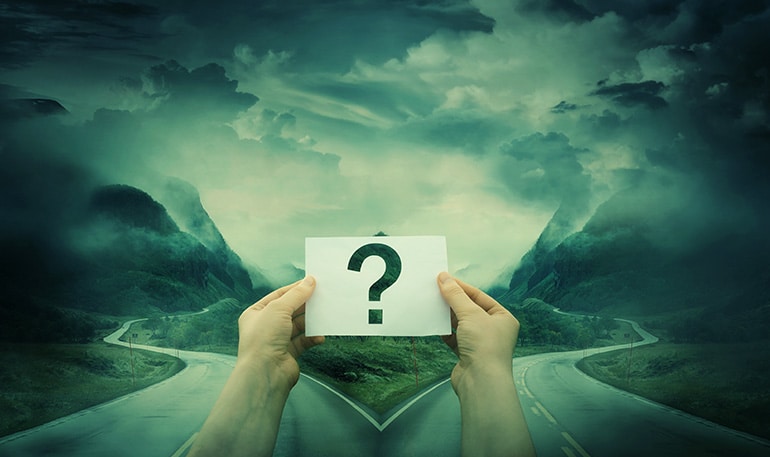
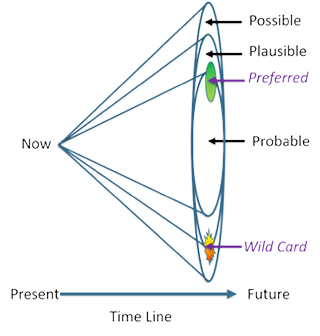

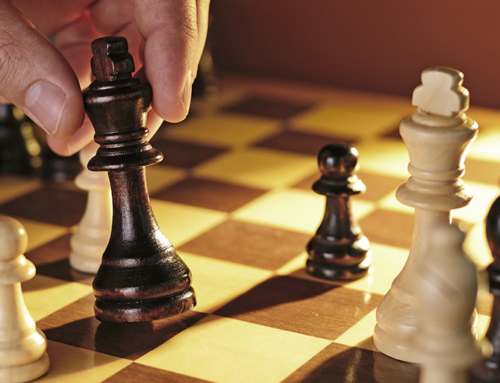
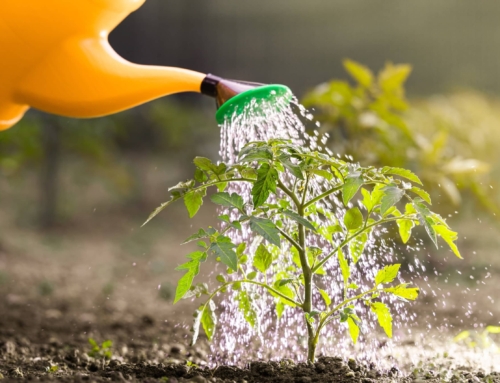
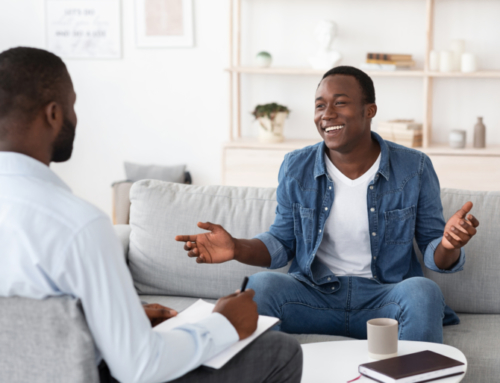
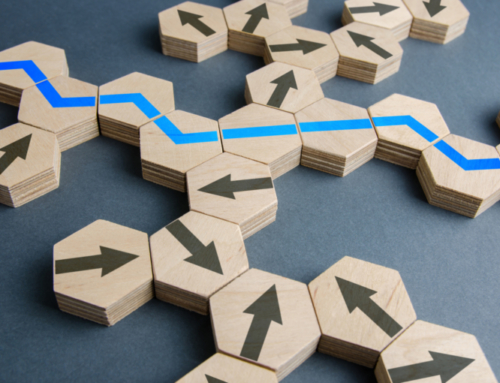
Leave A Comment